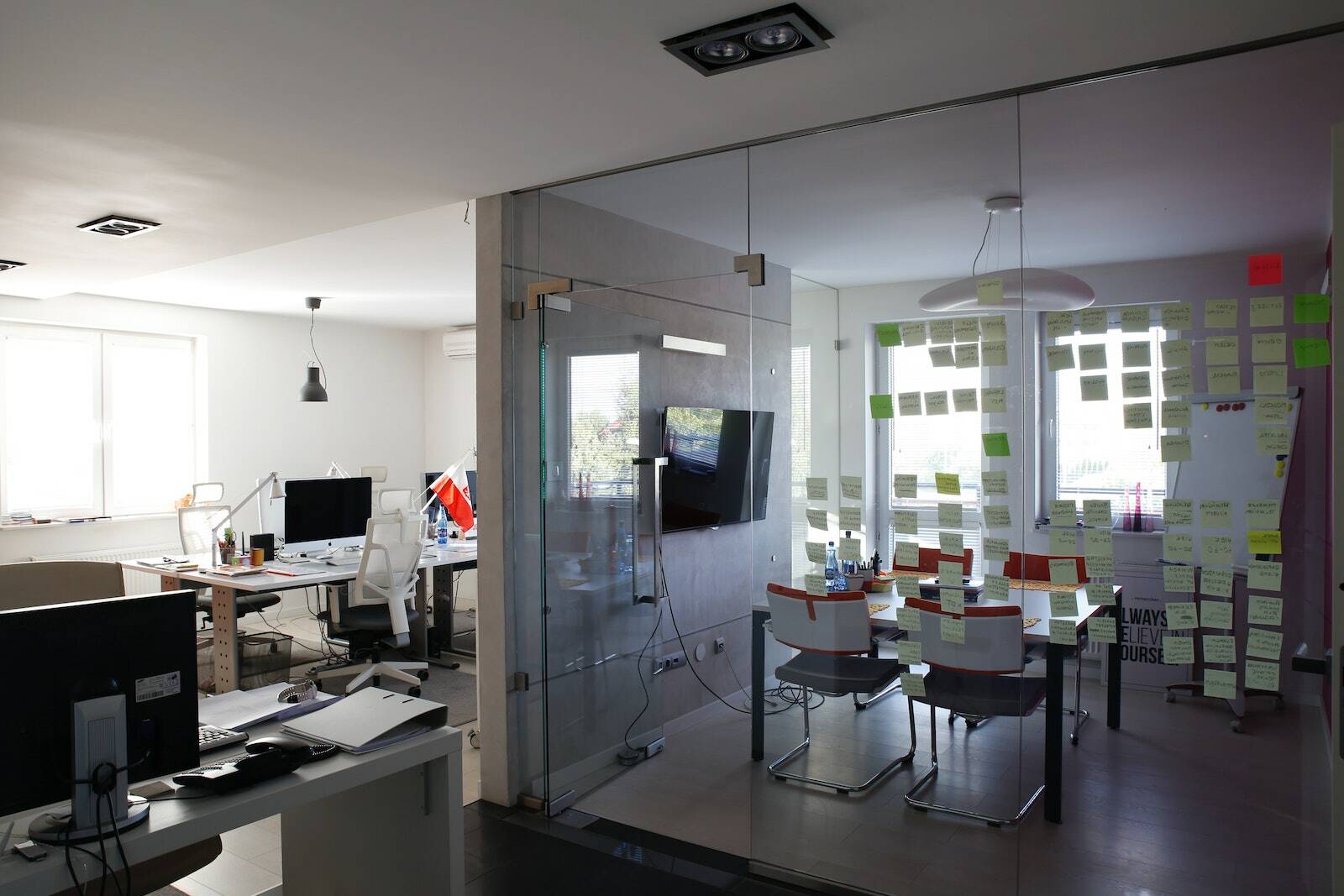
2020 forced the majority of people in tech to work from home. It happened in days, and for the most part companies managed this upheaval without major issues because they were already using tools to make remote work possible. SaaS has become ubiquitous. Whiteboards were left untouched and there was an early fall of sticky notes on meeting room floors, but online workarounds were straightforward. Many people missed the hum of the office, watercooler chats and post-work drinks, but the majority did not. It turns out everyone became more productive despite being trapped indoors, drenched in our collective anxiety over a once-a-century global pandemic.
Why, then, are companies starting to insist that staff return to the office either fully or in an awkward hybrid arrangement? Many employees don’t want to return, or they would prefer to use the office on their terms not their employers, but many in leadership think they know better.
It’s true that some people do want to get back in full time. This could be because office life suits their role, they like the buzz, the office bantz, or maybe they have home arrangements that make working remotely a challenge. However, these people are in the minority so forcing people in against their will, either full-time or on arbitrary days, seems like poor judgement. A failure to listen. Other than small startups where everyone being hired actually wants to be colocated, I’ve yet to hear a compelling argument for a forced return.
A lot of companies are trapped in expensive leases so they can’t ditch the office or even downsize. If you’re paying for the space, I agree that you might as well make use of it, but you need a major rethink of how you use it.
Covid taught us that people want more flexibility in their working day, yet companies continue to insist on a long-outdated 9-5 schedule. Some offer more flexibility yet insist on “core hours”, but people want to make their own decisions about where and when to work. Covid afforded them this flex – doing the school run, extended periods of childcare, longer lunchtimes to cook and do your daily walk. All this became acceptable during the pandemic and productivity increased. Why put an end to it?
You could make the office a place to hang instead. Drop those core hours and let people come and go as they please. If someone wants to come in one day a week or an hour a day, let them. Stop clockwatching. Be upfront with what’s expected in terms of hours worked each week, then respect their judgement and measure on output. You don’t need assigned desks for the most part, so figure our how to hot-desk. You’re probably giving everyone laptops already, and there’s software to help. If the office is still too empty for you, why not go the whole hog and turn your office into a co-working space and use it as a new revenue stream?
Company leadership commonly cites “collaboration” as the primary reason for getting people back into the office. There have been studies that show collaboration can suffer remotely, but this is attributed to an increase in asynchronous communication. I don’t buy it. You can collaborate just fine over the wire, and having done it for most of 2022 I’d counter that async is beneficial for the most part because ideas don’t give a shit about four walls and a whiteboard. Companies are maintaining an on-site mindset while paying lip service to remote and completely ignoring the benefits of asynchronous communication (you get these benefits whether you’re co-located or remote). It seems like a failure of trust, choosing to monitor performance by time and presence over impact. Some unfortunate employees have found themselves literally being watched. This is dehumanising.
At 37signals we do fully remote, mostly asynchronous. There are no core hours because everyone is in a different time zone, so even if we wanted to (we don’t) it wouldn’t make sense. The company is clear that staff should put in a solid 40-hour week, but you can take your pick over which hours you choose. Productivity is off the charts.
I’ve also been wondering whether a major impediment to companies embracing asynchronous work is tooling. 37signals make async work because Basecamp is designed to embrace that way of working, but the most commonly used products such as Google Docs, Office 365, Slack and email fail spectacularly when it comes to async. They lack even the most basic threaded discussion forum, so you’re stuck in real-time chat or email purgatory. Small wonder everyone resorts to bashing things out in meetings all day every day for all the time and energy that wastes.
If you’re intrigued enough to try it for a while, it isn’t hard to figure out how to make your workflow more asynchronous. Maybe you can find a way using your existing toolset, but if not there are plenty of other tools to use like Basecamp, Twist, or Discourse. Even Notion can kinda work. If you’re still a doubter, have a read of the 37signals guide to internal communication and Gitlab’s in-depth async guide. Do they change your mind?
Despite these corporate clampdown blues, remote work has never been more popular. Many companies the world over are choosing to embrace it, and job boards are awash with exciting and lucrative remote opportunities. The world has changed already, and companies refusing to accept this will pay for it in mediocrity or, worse, obsolescence.
Time for a remote rethink.
Photo by MEDIAPROFILE on Unsplash